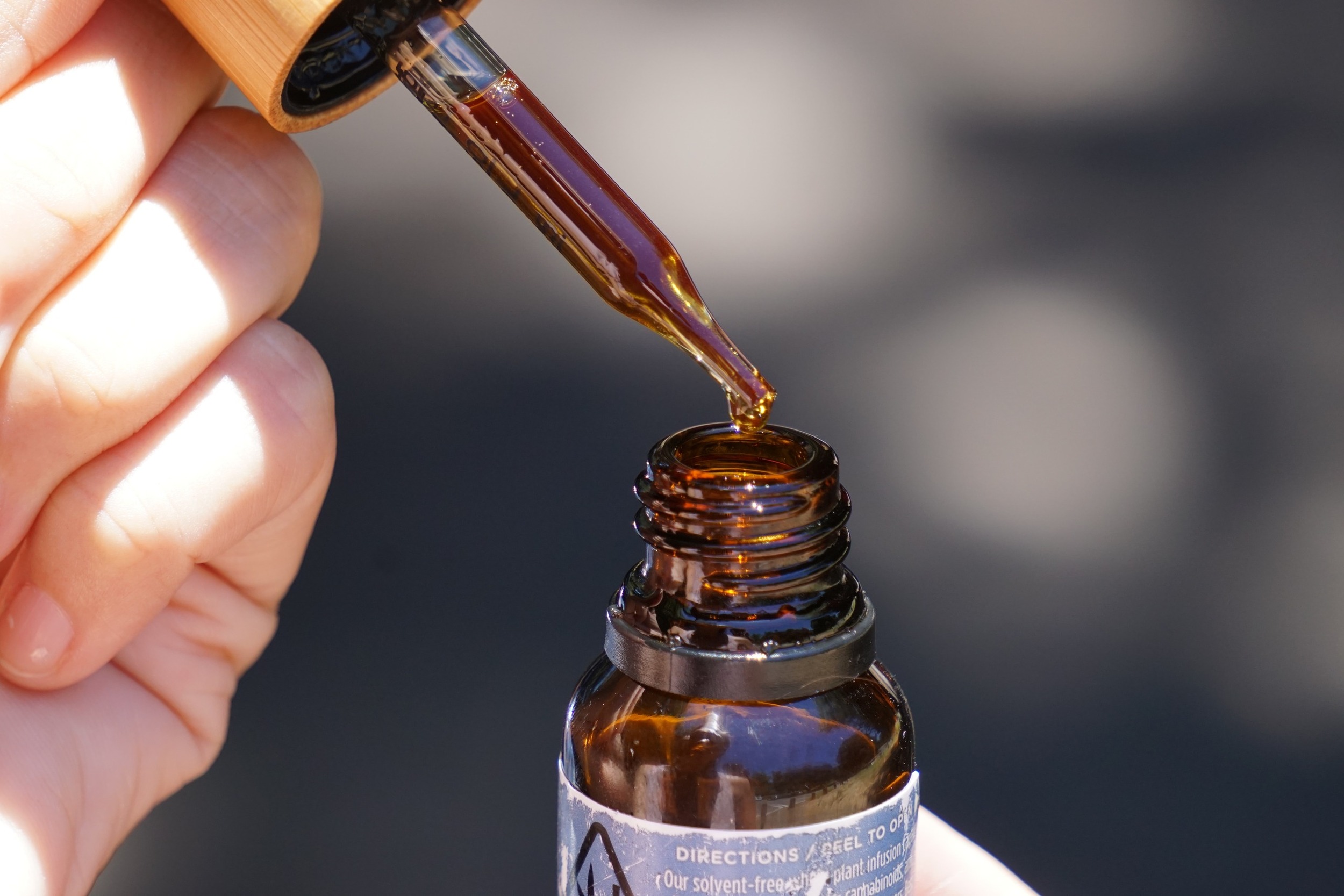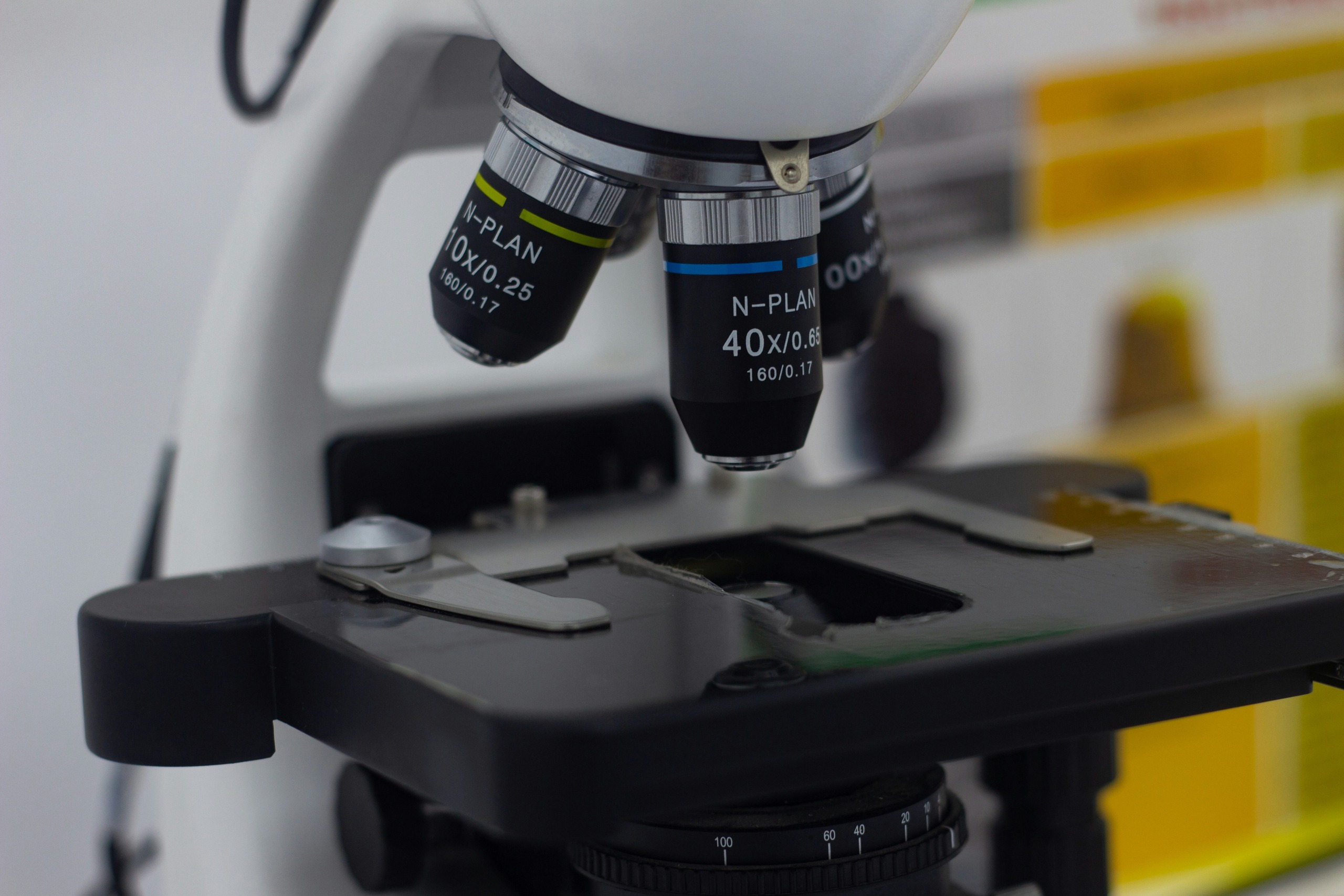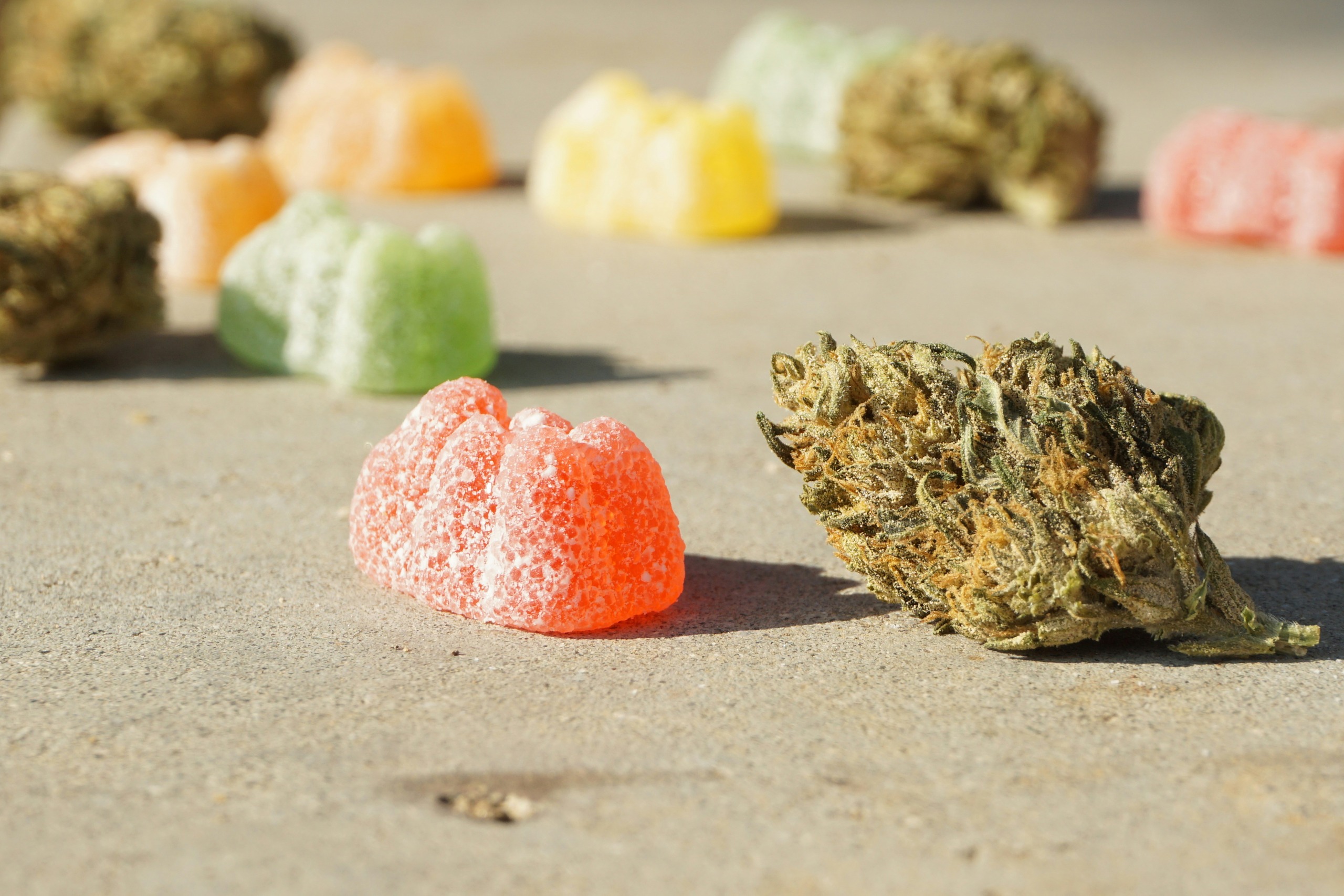
When we talk about cannabis, cannabinoids become an inevitable topic of discussion. CBD, one of the most plentiful of the many cannabinoids found within cannabis plants, is one of the most well-known and popular. And while we see CBD on labels everywhere, what is it exactly?
Understanding what CBD is and how it works is a vital key to not only learning how the cannabis plant works but also how to choose high quality end products like topicals, tinctures, or edibles. Since CBD is one of the most plentiful cannabinoids found within the cannabis and hemp plants, having a good understanding of CBD will help lay the foundation for a solid education about cannabinoids.

Cannabidiol, or CBD for short, is one of the more than 100 known cannabinoids found within hemp and marijuana plants. Arguably one of the most popular cannabinoids, it rivals its psychoactive sister cannabinoid, THC. However, CBD is unique in its own right.
The CBD cannabinoid possesses a wide range of properties. These include (but are not limited to);
Modern research has explored the use of CBD within the medical community, resulting in some fascinating discoveries. For example, in 2020, researchers observed the use of topical CBD oil against symptomatic relief of peripheral neuropathy of lower extremities (or symptomatic relief in nerve pain of the legs and feet in layman’s terms). Their results found “that the transdermal application of CBD oil can achieve significant improvement in pain and other disturbing sensations in patients with peripheral neuropathy.”

According to the National Center for Biotechnology Information, “It is a major phytocannabinoid, accounting for up to 40% of the Cannabis plant’s extract, that binds to a wide variety of physiological targets of the endocannabinoid system within the body.”
This specific cannabinoid’s chemical formula is C₂₁H₃₀O₂, which is made up of an aromatic ring and a C₂₁ terpene ring. Since it is one of the most plentiful cannabinoids found within the plant, it has been easier to gather for research purposes. While most studies, like the example listed in the section above, have been considered preliminary, the isolation capabilities and quantity of CBD found within the cannabis plant have allowed us a greater understanding of its medical potential when compared to other cannabinoids like THCP.
CBD is different from THC based on one key factor. THC cannabinoids are known for their psychoactive properties. On the other hand, CBD does not possess that particular property. Instead, CBD offers other properties like those listed above.
When we talk about CBD, we are talking about one individual cannabinoid. However, there are multiple THC cannabinoids. Two of the most popular THC cannabinoids are Delta 8 and Delta 9, minor cannabinoids that have become popular thanks to the hemp industry. At the time of this writing, CBD products are still the dominant sector within the hemp-derived product market.

We feel the properties of CBD due to its interaction with our CB1 and CB2 receptors. Every living being has what is known as an endocannabinoid system, which regulates everything from our mood to our sleep cycle. However, unlike THC, CBD does not bind to the CB1 and CB2 receptors as easily as her sister cannabinoid.
According to research from Australia, CBD “is a non-competitive antagonist of CB1R with a low affinity for CB1Rs’ primary ligand site, instead acting through negative allosteric modulation. CBD is found to inhibit endocannabinoid signaling in a dose-dependent manner, likely by binding to CB1Rs’ allosteric site and altering the potency of other primary ligands.”
While CBD does not interact as readily with the CB1 and CB2 receptors, it does interact with the serotonergic and opioid systems. It can also interact with the cannabinoid systems via negative allosteric modulation. Research from the Icahn School of Medicine suggests that “the potential effect of cannabidiol on numerous pathways may explain its current use and potentially broad application on numerous functions and symptoms.”
Want to learn more about the cannabis plant and what it takes to successfully cultivate and harvest it? The Verne Bio’s Knowledge Center is the ideal place for you. This virtual library contains a wealth of information concerning cannabis, including topics such as;
Whether you are new to the industry or a seasoned veteran, there is always something that can be learned. Cannabis is a plant that requires its caretakers to continuously expand their knowledge, and we at Verne Bio are dedicated to helping with that process. We even help readers remain up-to-date with all the newest content from the Knowledge Center with our newsletter. Sign up for our newsletter using the form on our homepage to continue learning about everything from cannabinoids to what it takes to successfully cultivate cannabis plants.
Works Cited
Capodice, Jillian L., and Steven A. Kaplan. “The endocannabinoid system, cannabis, and cannabidiol: Implications in urology and men’s health.” NCBI, 2021, https://www.ncbi.nlm.nih.gov/pmc/articles/PMC8221009/. Accessed 25 November 2023.
Chye, Yann, et al. “The Endocannabinoid System and Cannabidiol’s Promise for the Treatment of Substance Use Disorder.” NCBI, 19 February 2019, https://www.ncbi.nlm.nih.gov/pmc/articles/PMC6390812/. Accessed 25 November 2023.
Munoz, Wduardo, et al. “\/.” YouTube, 16 June 2023, https://www.sciencedirect.com/topics/neuroscience/cannabidiol. Accessed 26 November 2023.
PubChem. “Cannabidiol | C21H30O2 | CID 644019.” PubChem, N/A, https://pubchem.ncbi.nlm.nih.gov/compound/Cannabidiol. Accessed 25 November 2023.
Xu, Dixon H., et al. “The Effectiveness of Topical Cannabidiol Oil in Symptomatic Relief of Peripheral Neuropathy of the Lower Extremities.” PubMed, 2020, https://pubmed.ncbi.nlm.nih.gov/31793418/. Accessed 26 November 2023.

to receive updates and news on our products, events and promos!